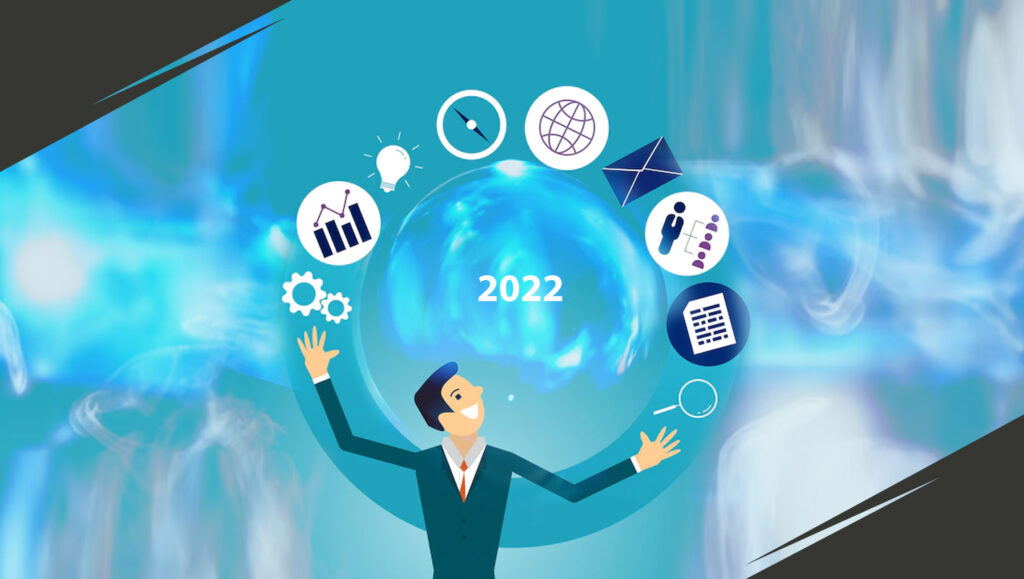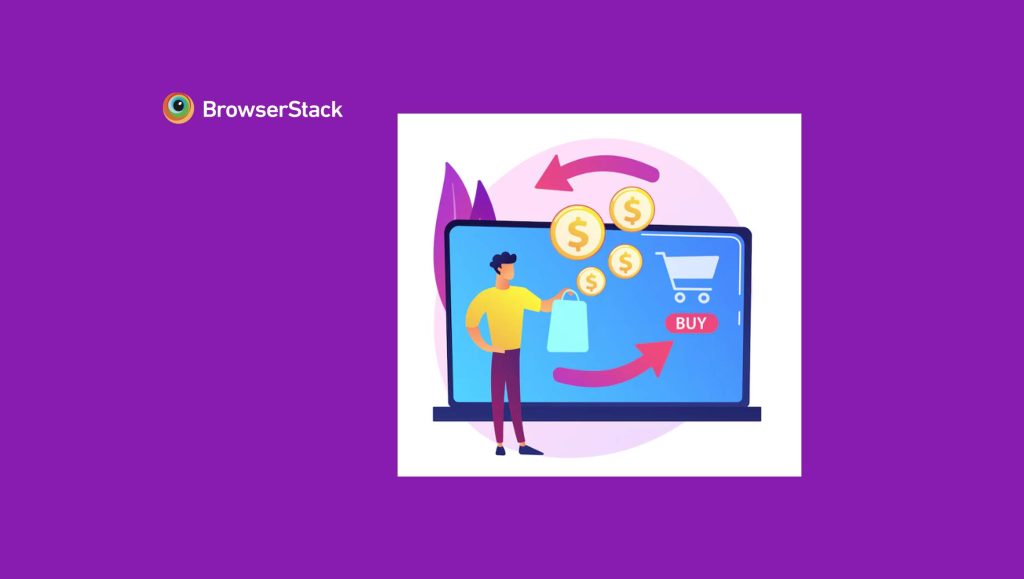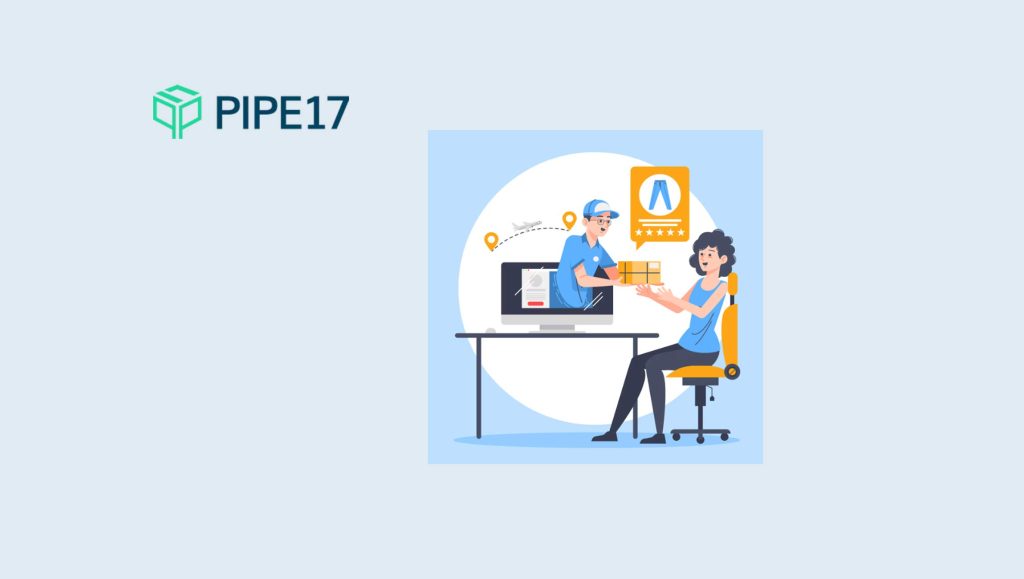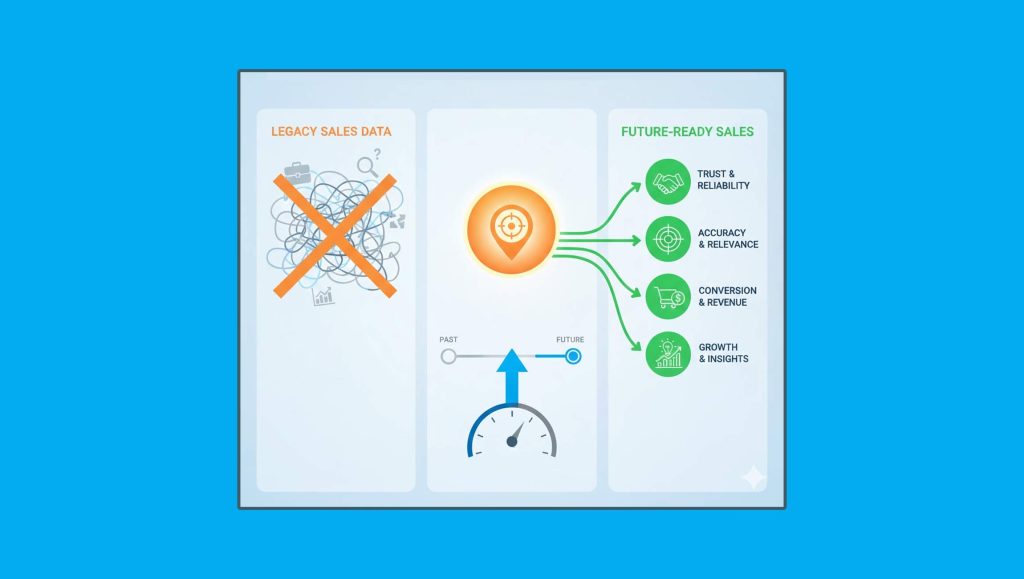The newly emerging role of sales enablement is gaining more traction. Teams used to awkwardly construct several cross-functional aspects to assist sellers’ so they could advance deals faster through the B2B buying cycle a few years ago. In today’s time, the market is starting to see businesses take a much more effective approach to effectively supporting their sellers. To learn more about sales enablement, keep reading…
What Is Sales Enablement?
The continuous capacity to give your company’s sales force the resources to complete more transactions quickly is known as sales enablement. To market your product or service to customers, you’ll need content, resources, expertise, and data. Sales enablement has several facets, it requires the assistance of individuals in and out of sales, particularly marketing and sales teams together.
Best Practices for Better Sales Enablement
1. Hiring The Right People
One of the most crucial things to do for sales enablement is to hire the right people. Concepts regarding hiring the best salespeople are as ancient as the sales industry itself. Modern sales enablement techniques and disciplines, on the other hand, necessitate individuals that are more adaptable and team-oriented than in previous decades. The firm’s objective should be to recruit sales team members who are capable and ready to assist clients in achieving their goals all the time.
2. Understanding Sales Representatives
Successfully introducing new sales enablement technologies and procedures necessitates thinking beyond personal underside productivity and adopting the mindset and function of a sales advisor. Starting the sales enablement approach with an inquisitive attitude and welcoming mindset can help you avoid typical mistakes like putting too much emphasis on process automation or requiring your whole sales team to follow tight templates.
3. Integrating Sales Enablement
Effective sales enablement pulls together the selling staff, salespeople, executives, and management and the whole organization’s voices and contributions. At the very least, the whole marketing and customer success teams should be included. It is important to remember that these three groups represent the face of your organization and providing a consistent experience across the customer lifecycle is critical to retaining and delighting consumers.
4. Make Use of Data
The time and effort it takes to create relevant material for B2B sales staff frequently can lead teams down a risky road. Sales Enablement is only effective if it fits the customer’s demands or lags. And even those requirements change greatly among B2B prospects and over time. Examine the tools, information, and procedure you expect your salespeople to use regularly. Allow them to simmer for a time in the field, but always analyze and adjust them regularly. If a piece of material isn’t working, get rid of it. Look for alternatives if a piece of sales technology is too tough to operate. Always believe what the data shows you, not anything else.
Trends For 2022
1. Adoption Of Customer Sales Strategy
In 2022, the change to a customer-first sales approach will be the most important trend in sales enablement. Companies prepared to adapt to a rapidly changing sales environment benefited from the epidemic. An adaptable strategy has a clear benefit, and firms no longer have the luxury of disregarding it now that the acute crisis has passed. Client-first selling entails rethinking the whole sales process to ensure that each connection is tailored to satisfy a specific customer requirement. This may be a game-changing notion for business-to-business, but that doesn’t imply it must be difficult to execute.
2. Remote Sales Team
Meet to keep customer-facing employees engaged and create team building initiatives. To bring groups together and build new initiatives, sales executives should undertake organized virtual communication among themselves. Companies must design efforts and initiatives that foster friendship and bridge the gap between team members’ physical contacts. Offsite meetings will give way to onsite meetings again. The requirement to develop a Hub and Spoke model based on physical encounters will become vital when sales team members are dispersed across numerous locations.
Read More: SalesTechStar Interview With Bob Gault, Chief Revenue Officer At Auvik
Examples of Known Sales Enablement Tools
1. Klenty
Klenty is one of the better known tools for sales enablement. The sales staff will be able to recognize intent indicators, classify prospects depending on intent, and conduct the appropriate activities for each prospect using Klenty. Using this tool, you can transfer clients from one cycle to the next depending on their Intent Indicators. An elevated prospect, for example, would go into a tailored cycle naturally, whereas automatic touches develop intent in prospects who don’t interact as often.
2. Xant Playbooks
Xant is another great platform for sales enablement. It enables your sales staff to execute more of the right job, automate administrative tasks, and position themselves to complete more transactions. Xant integrates with multiple technologies and allows you to customize the video marketing.
The sales enablement team takes a collaborative approach to sales, including everyone in the business in aligning resources to make the right seller to the right client. To achieve the most sales, it’s vital to follow all of the best practices and trends in sales enablement.
Read More: Compliance By Design – Adhere To Regulations Without Sacrificing Service Excellence





















